Photographs: Reuters Rajeev Malik
The role of global factors in accelerating India’s growth to unprecedented levels continues to be worryingly underappreciated, says Rajeev Malik.
A frequently asked question about India’s macroeconomic outlook is the swiftness with which the country can again reach annual growth rates of eight to nine per cent or higher.
This question arises mainly because of the unprecedented surge in growth in the three years to 2007-08. Surely, if India did it once, it can do it again? Well, not necessarily.
To better understand the reasons for the low probability of such a sharp acceleration in growth, it is important to first appreciate what powered the economic rebound in those years.
Analytically, the conditions that prevailed around the time of the 2003 growth surge can be divided into two categories: external and domestic conditions.
For reasons mentioned below, external conditions will be vastly different in the coming years and, in any case, are not in India’s control.
Domestic conditions can be influenced by constructive policy choices, but the much-needed multi-pronged economic rebalancing will be a strong headwind.
...
Can India bounce back to a high growth phase?
Photographs: Reuters
The following two aspects of external conditions contributed to India’s unprecedented acceleration in gross domestic product (GDP) growth between 2003-04 and 2007-08.
First, global growth peaked at an unprecedented 5.3 per cent in 2007, with three years (2004, 2006 and 2007) delivering over five per cent annual growth. Global growth picked up to 4.7 per cent annually in 2003-07, from 3.2 per cent in 1998-02.
All developing regions – even sub-Saharan Africa – fared well. The acceleration occurred despite the unchanged annual average growth of 2.7 per cent for advanced economies. GDP growth of emerging economies jumped to an average 7.6 per cent annually from 4.1 per cent in 2003-07.
The acceleration in growth for developing Asia (9.6 per cent from 5.9 per cent) and Latin America (4.8 per cent from 1.5 per cent) was substantially more impressive.
...
Can India bounce back to a high growth phase?
Photographs: Reuters
The BRIC economies – Brazil, Russia, India, China – showed a similar pattern. The increases in the average growth rate among the BRIC economies in 2003-07 compared to 1998-2002 were very close: China (3.4 percentage points), India (3.2 percentage points) and Russia (3.3 percentage points). Brazil was the exception, with a smaller rise of 2.3 percentage points.
Thus, India’s growth surge was not a relative outlier, though it stood out compared with its own history.
Second, the role of easy global liquidity remains an underappreciated factor in propelling India’s growth between 2003-04 and 2007-08.
The Institute of International Finance estimates that private capital flows to emerging economies skyrocketed 8.5 times to $1.24 trillion in 2007 from $145.5 billion in 2002. This boosted capital inflows into India as foreign institutional investors (FIIs) discovered the local equity market in a bigger way.
...
Can India bounce back to a high growth phase?
Photographs: Reuters
The potent combination of strong global growth and easy liquidity overlapped with a confluence of positive domestic drivers of growth. The economy had been almost flat on its back since the late 1990s, inflation was not an issue, and interest rates had been coming down.
India’s twin deficits were at manageable levels and businesses had been adjusting to the domestic slack, prompting some companies to even increase their overseas orientation. India was hit by a nasty drought in 2002 and growth plunged to an 11-year low of four per cent in 2002-03. Overall, there was sufficient economic slack to quickly respond to the subsequent pickup in aggregate demand.
Slower demand for credit had been pushing banks to buy government debt, causing bond yields to collapse. Banks’ credit-deposit ratios took off only from late 2003. Additionally, the build-up of global liquidity cycle coincided with the boost to domestic demand from an exceptionally good monsoon in 2003.
...
Can India bounce back to a high growth phase?
Photographs: Reuters
Also, there was a lot of underutilised lending firepower with local banks that began to be put to use. Thus, a boom in both external and domestic liquidity contributed to the subsequent eye-catching upswing in economic growth.
Indian policymakers mainly emphasise domestic factors to explain the surge in growth in the last decade. This is an incomplete assessment at best. The external backdrop, which was a significant factor in pushing up India’s growth until the breakout of the global financial crisis in 2008, is surprisingly ignored.
Global growth outlook is expected to improve in the coming years. The International Monetary Fund (IMF) expects global GDP growth to average 3.6 per cent annually in the four years to 2016. Though this is a welcome acceleration, it would still imply a pace that will be lower than the exceptional strength between 2003 and 2007.
Recovery in global demand and trade flows will be positive for India, but it’ll be more positive for other Asian economies.
This is because even though India’s ratio of exports in GDP has increased in recent decades, it remains the lowest among the Asian economies. Consequently, the incremental increase in growth in some other Asian economies will outstrip that for India.
...
Can India bounce back to a high growth phase?
Photographs: Reuters
The bigger concern for India will be tighter global liquidity. The Indian equity market has been more resilient than expected despite multiple macro challenges. This has been mainly because of subdued global growth and exceptionally easy global liquidity.
India has received a whopping $87.5 billion in net FII inflow since the beginning of 2010. This surge in total FII inflow is nearly 53 per cent of the total stock of foreign portfolio investment!
The domestic front also doesn’t get a clean bill of health. There are two key adjustments that India will have to undertake while also ensuring low and stable inflation, and a lasting reduction in the twin deficits.
First, supply-constrained India’s growth should be powered more by investment than consumption; and, second, the virtuous savings-investment cycle needs to be rebooted.
...
Can India bounce back to a high growth phase?
Photographs: Reuters
These two transitions are challenging even in normal times; they will be even more challenging because of the mix of political compulsions and the glacial pace of policy response.
There is little dearth of investment demand in supply-constrained India. However, policy has to create a level and transparent playing field to get out of this idiosyncratic investment slump. This is going to be a slow process at best.
With a measly per capita income of around $1,500, India should be growing at a much faster pace. To be sure, the real issue is not whether economic growth will improve to around six to 6.5 per cent in the next couple of years.
The relevant issue is whether growth gets stuck around that level or improves to at least eight per cent annually on a sustained basis.
Unfortunately, as was the case during the high-growth years, policymakers appear to be complacent again about India’s medium- and long-term growth prospects.
The basic lesson from those years – that there is nothing preordained about India’s economic rise – is still often ignored. The structural story needs nourishment, not clichéd sound bites.
The writer is senior economist at CLSA, Singapore.

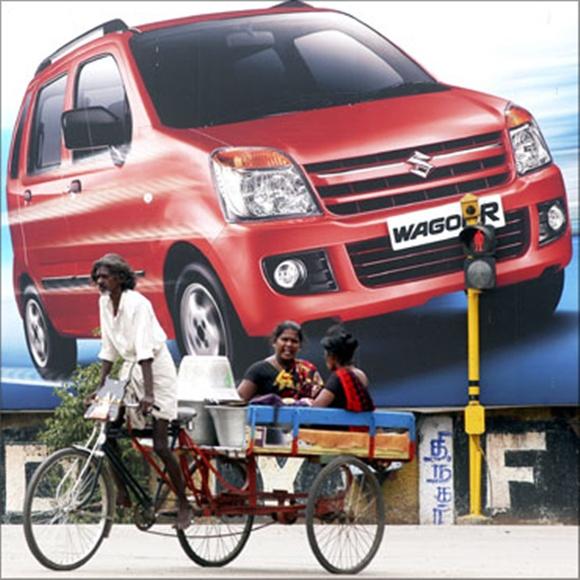
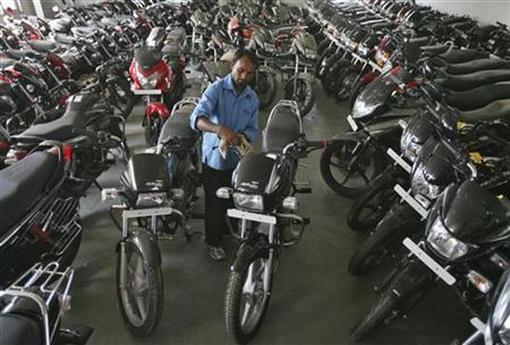
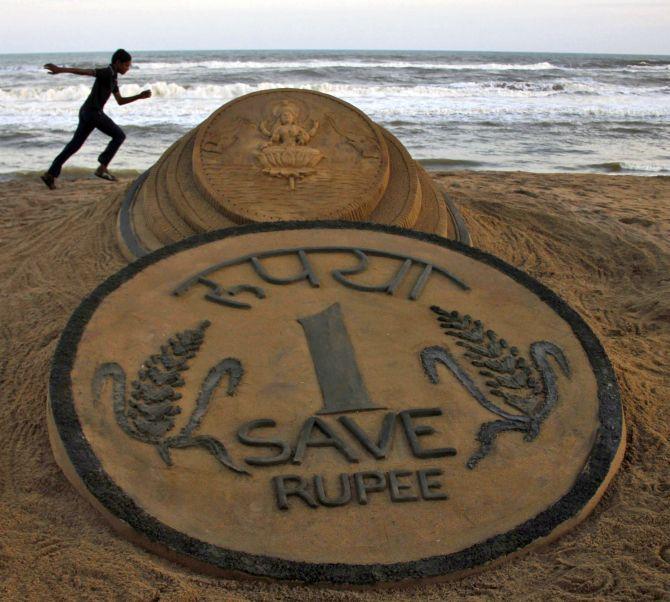

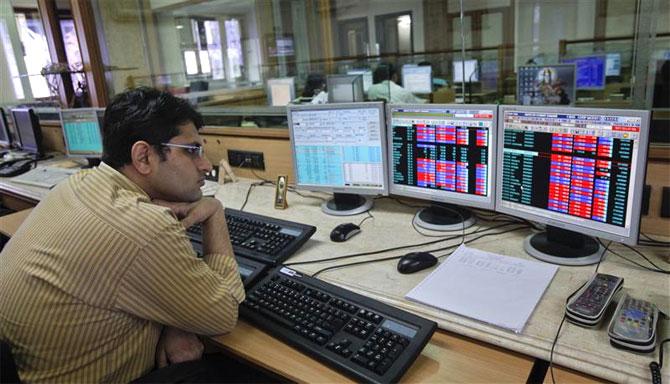
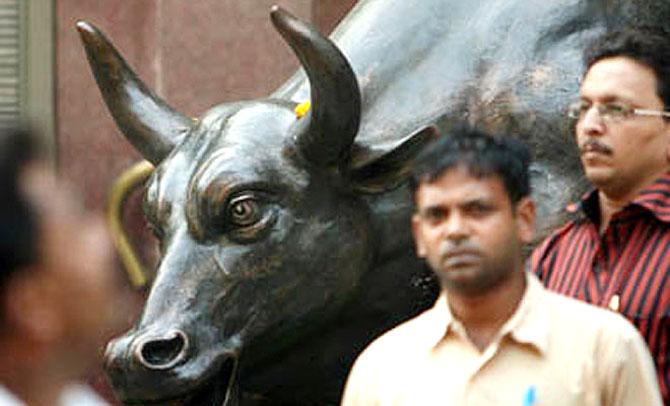

article